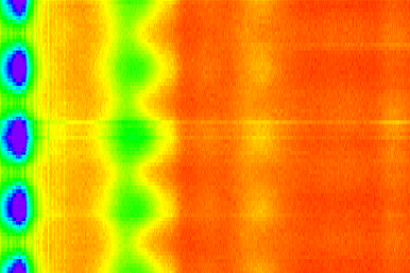Expanding previous studies on hydrogen-terminated and boron doped diamond we investigate also other diamond-based systems. In cooperation with the Materials for Nanosystems and Biointerfaces Group (Department of Functional materials) we study transport properties of diamond layers, prepared on both on diamond substrates of various crystallographic orientations and heterosubstrates, prevailingly glass. The aim of our research is to optimize technological procedures for particular required doping levels and, at the same time, to identify and to describe in detail electron transport mechanism. Especially, n-type (donor) doping in diamond is still an open problem. We deal preferably with phosphorus donor; in comparison with P donors in silicon, the same impurity in diamond exhibits different features, mainly by order of magnitude higher activation energy. When investigating electrical properties of P-doped diamond and other diamond systems, the outstanding quality of our instruments comes into play, e.g. allowing us to measure resistivity in a wide range (from micro- to petaohms), effectively suppress noise and other parasitic signals, and raise measurement temperature up to 800 K.



